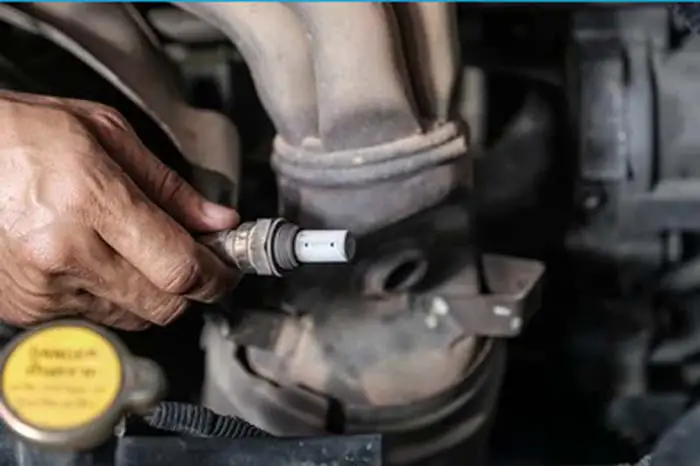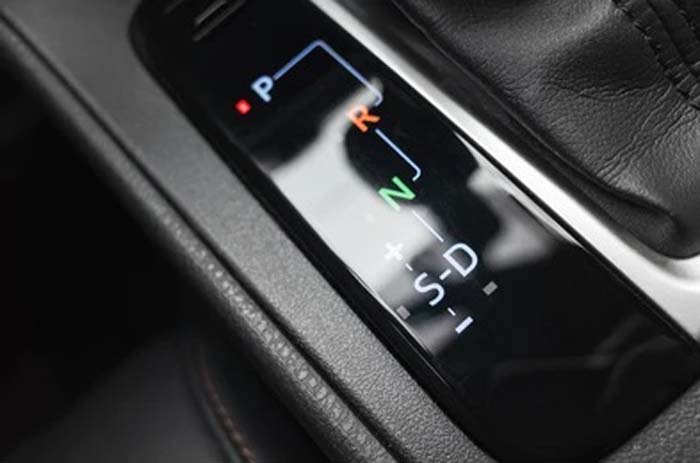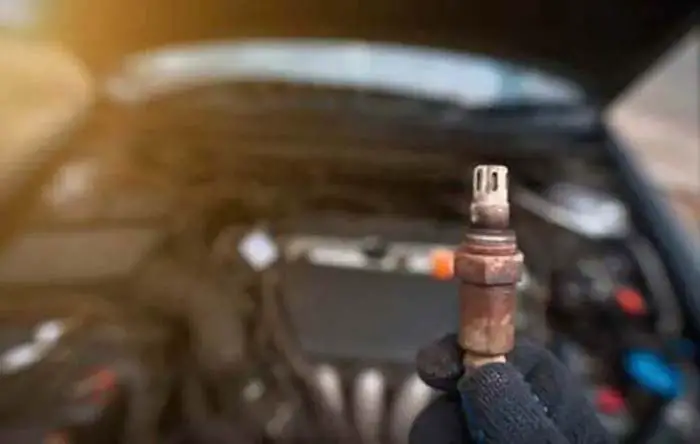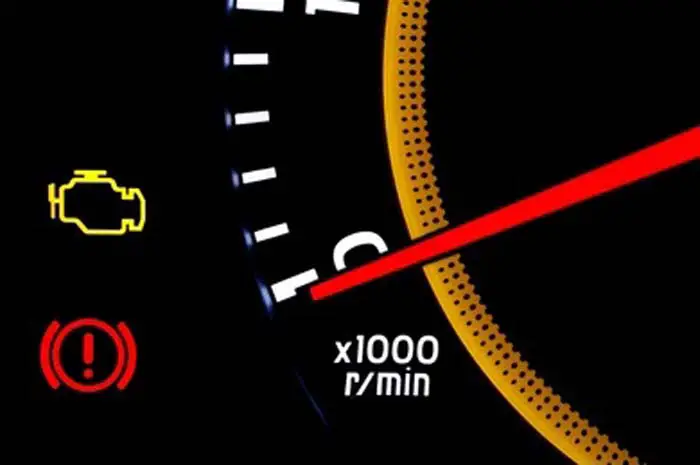
An oxygen sensor is a device that measures the amount of oxygen in the exhaust. The O2 sensor creates a voltage that is proportional to the oxygen concentration. The output of the sensor is used by the engine control unit to adjust the fuel mixture. The computer uses this information to adjust the air fuel mixture going into the engine so that the mixture does not become too rich or too lean. In the lean fuel consumption situation, fuel burns more cleanly and has fewer pollutants produced as compared to the rich fuel consumption situation. The sensor is located in the air exhaust system. A check engine light comes in case of a faulty oxygen sensor.
Oxygen sensor codes are the most common trouble codes. The oxygen sensor codes come back because the sensors are not working properly. Many people think that they need to replace the oxygen sensor as soon as they get the code to smooth the engine performance. However, this is not always the case. The sensors may be dirty or there may be a problem with the wiring/cable or the computer. There are a few things that also cause O2 sensor codes to keep coming back. Read this guide to learn the reasons why your oxygen sensor codes keep coming back.
Oxygen Sensor Codes Keep Coming Back
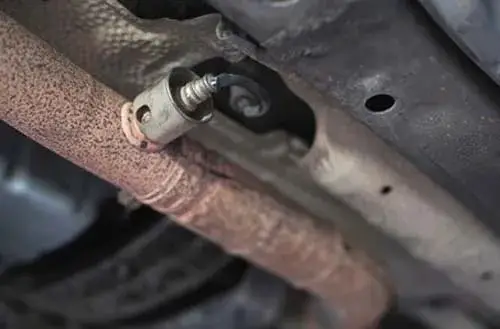
There is no specific code that indicates that your O2 sensor or related parts need to be replaced, hence it is crucial to evaluate all the factors that contributed to your specific error code. If your oxygen sensor codes reoccur, it is usually because something other than the O2 sensor is at fault; it might be anything from defective spark plugs to bad wiring. As a result, it is critical to examine all the things that led to your specific error codes and bank.
Unburned oxygen from the vehicle’s exhaust is checked by an oxygen sensor. It determines how much fuel has been consumed from the fuel entering the engine. A defective oxygen sensor may not be sending the correct data to the computer, resulting in lower gas mileage or misfire. The 02 sensor error code from a diagnostic test will inform you which of the one to 4 oxygen sensors in your car need to be replaced.
The sensor becomes covered in soot over time, causing the error to adjust the oxygen and fuel mixture. Not only would a bad oxygen sensor reduce your gas mileage, but it will also increase the vehicle’s emissions by affecting air entering the engine.
The engine light indicates that the computer has detected a problem. The O2 sensor is just one of the hundreds of potential causes for the engine light to illuminate. The check engine light may turn off after the sensor is replaced on some engines, but on others, the code must be manually cleared with an ODB–II scanner.
If you have exchanged the oxygen sensor because the light was on or have a code for an O2 sensor that does not mean the problem has been solved, it might be due to an issue in another sensor. Hundreds of factors might cause the Engine Light to illuminate. Even if you have a code for a certain component, which does not indicate it is the problem. The code is not the solution to the problem; rather, it directs the technician’s diagnostic method so that the correct repair can be determined.
Reasons Oxygen Sensor Codes Keep Coming Back
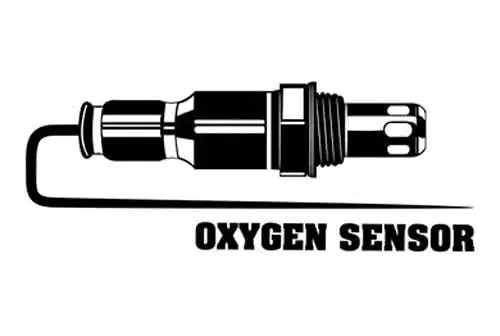
Why the check engine light is still ON? is a common type of question. The following are the reasons for the engine light will remain turned ON after replacing the oxygen sensor.
- Faulty Oxygen Sensor: The most common reason for oxygen sensor codes to keep coming back is a faulty sensor itself. If the sensor is damaged or has failed, it may not be able to accurately measure the oxygen content in the exhaust gas, leading to inaccurate readings and recurring codes.
- Replacing The Wrong Oxygen Sensor: After the failure of one oxygen sensor, is a common mistake. Oxygen sensors, as well as the malfunctioning codes associated with them, are identifiable by their fixed location.
- Faulty Internal Circuit: A malfunction code was found in the bank 1 sensor 2 heater circuit. When you see the word circuit in a code, do not just think about the part; think about the entire circuit. This code may be shown by an open circuit generated by a damaged wire or by an open heating element inside the sensor. Malfunction codes indicate a test failure but are not instructions for replacing parts.
- Recognize That The Light Will Not Turn Off Instantly: First, tests must be conducted and passed. To run, some tests need specific driving situations. For more information about this topic, look up the OBD – II Drive cycle. It is a common internet myth that the code must be manually cleared, which is incorrect. After passing all of the tests, the Powertrain Control Module will turn off the light.
- Engine Problems: The failure may not be caused by a defective O2 sensor, thus there could be no problem with the parts you replaced. Some other engine codes are incorrectly referred to as oxygen sensor codes. The o2 sensor measures the amount of oxygen accurately in these cases whether the mixture is rich or lean. Before changing any parts, more information is needed to decode these codes. Do not rely on someone’s explanation of data like emissions error codes. Always get the complete code number from the owner’s manual of your vehicle.
- Incorrectly Installed Sensor: If the oxygen sensor was not properly installed or seated correctly, it may not function correctly and could cause recurring codes.
- Wiring Issues: Another potential cause of recurring oxygen sensor codes is a problem with the cords that connects the sensor to the ECU. If the cords are damaged or have become loose, it can interfere with the sensor’s ability to transmit data to the ECU, leading to incorrect readings and recurring codes.
So, after all the testing, you should be able to determine whether the O2 sensor is defective or whether something else is at fault. You can fix the O2 sensor yourself if you are certain, it is faulty. If you are not sure whether or not your O2 sensor is bad, take your vehicle to a mechanic or a dealership for a professional inspection. Remember that treating the problem sooner will keep your engine running and prevent significant difficulties, such as catalytic converter replacement.
How Serious is Engine Fault Code P0420
Engine malfunction code P0420 indicates a problem with the catalytic converter. It is a serious fault code because the catalytic converter is an important part of a vehicle’s emission control system. If the catalytic converter is not functioning properly and its signals a low catalyst system efficiency, it can cause the vehicle to emit higher levels of harmful pollutants.
If you see fault code P0420 and the engine light is on, it’s important to have the issue addressed as soon as possible. Ignoring the malfunction code can lead to further problems with the discharge gas control system and potentially even damage to the engine.
If you suspect that your vehicle may need an oxygen sensor, it’s a good idea to have a mechanic diagnose and repair the issue if you are experiencing trouble code P0420. They will be able to determine the cause of the problem and recommend the necessary repairs.
How To Know if O2 Sensor is Faulty
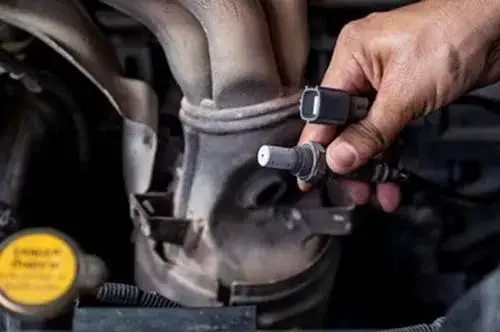
There are a few different ways to determine if an oxygen (O2) sensor is faulty:
- Check for malfunction codes:
- Check the signal wire:
- Perform lean and rich fuel tests:
- Check the sensor ground wire:
- Check the oxygen sensor socket:
- Remove and test the O2 sensor:
- Check the catalytic converter:
- Check for vacuum leaks:
- Check the exhaust:
- Check the second O2 sensor:
FAQs
Since the o2 sensor is an electronic component that cannot bear harsh conditions. So, repeated oxygen sensor (O2 sensor) failure can be caused by contaminated fuel, excessive heat, oil contamination, excessive vibration, electrical issues, poor vehicle maintenance, and faulty installation.
If your sensor still shows the sensor light after replacing the sensor then the issue might be due to a second sensor inside the engine or car. You need to consult a mechanic to keep your car safe from further loss.
Remove the oxygen sensor of your vehicle and replace it with a new one. If your code didn’t reset after replacing it with a second oxygen sensor then wait for some time because the first o2 sensor uses the information of oxygen in the exhaust to send a signal to ECU. After receiving the signal computer of the vehicle will turn of the light which took around 10 to 20 cycles.
Related Post: What Is Oxygen Sensor In A Car, How It Works, & Construction
Sign Up

